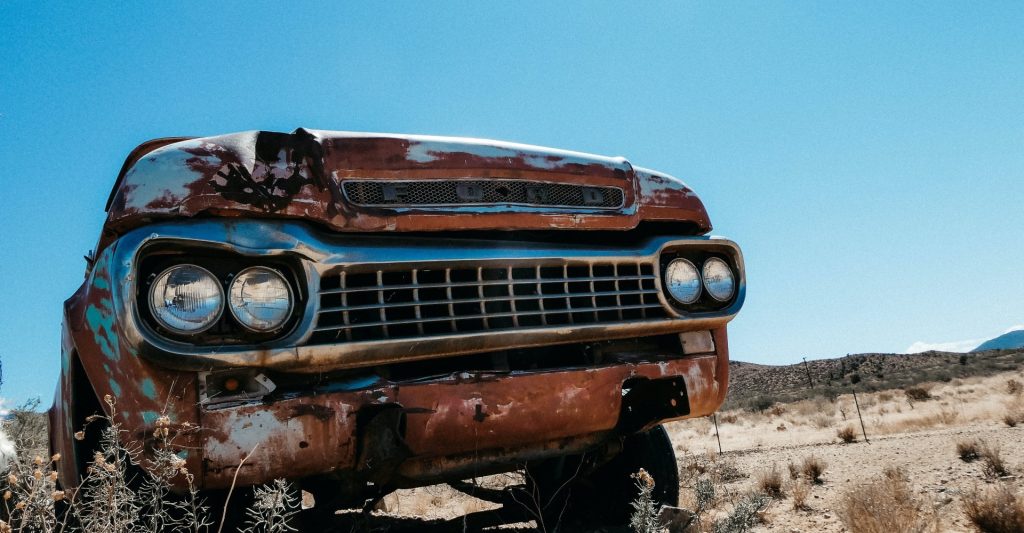
Restoring a classic vehicle is a rewarding journey that combines craftsmanship, patience, and passion. Whether you’re bringing a rusty gem back to life or upgrading a vintage treasure, having the right tools and gear is essential. Here’s a guide to the must-have equipment to make your restoration project efficient and enjoyable.
1. A Well-Equipped Workspace
Before diving into the restoration, ensure you have a dedicated workspace. A garage or workshop with ample lighting, ventilation, and space to move around is ideal. If possible, invest in a car lift or ramps for easier access to the undercarriage.
Places like EMC have dedicated workspaces to create custom g wagons. You caan see some of those builds here; https://www.expeditionmotorcompany.com/builds/, where professional restorations showcase the importance of organized workspaces.
2. Basic Hand Tools
No restoration project is complete without a set of basic hand tools. These include:
- Socket and Wrench Sets – A range of sizes is essential for working on everything from engine components to suspension parts.
- Screwdrivers – Flathead and Phillips screwdrivers of varying sizes are necessary for removing and installing trim, panels, and small parts.
- Pliers and Vice Grips – Useful for gripping, bending, and cutting.
- Hammers and Mallets – A rubber mallet and a ball-peen hammer are often required for bodywork and precision tasks.
3. Specialized Automotive Tools
Certain tasks in classic car restoration demand specialized tools. These include:
- Torque Wrench – Essential for tightening bolts to the manufacturer’s specifications.
- Bearing Pullers – Useful for removing and installing bearings without damaging them.
- Brake Bleeding Kit – A must-have for restoring or upgrading the braking system.
- Engine Hoist and Stand – Necessary for engine removal and detailed rebuilding.
4. Bodywork Tools
Restoring a classic car often involves significant bodywork. Tools to consider include:
- Body Hammers and Dollies – For shaping and smoothing metal surfaces.
- Sanders and Grinders – Orbital sanders and angle grinders are invaluable for stripping paint and rust.
- Welding Equipment – A MIG welder is commonly used for patching panels and repairing frames.
- Paint Sprayer – If you’re handling the paint job yourself, invest in a high-quality sprayer for professional results.
5. Electrical Tools
Classic cars often require rewiring or electrical system repairs. For this, you’ll need:
- Multimeter – For testing circuits, voltage, and continuity.
- Wire Crimping Tools – Essential for creating secure electrical connections.
- Soldering Iron – Useful for repairing or replacing wiring harnesses.
6. Diagnostic Equipment
Troubleshooting issues in a classic car requires reliable diagnostic tools, including:
- Compression Tester – For checking engine cylinder pressure.
- Timing Light – Ensures proper ignition timing.
- Vacuum Gauge – Useful for diagnosing engine performance issues.
7. Safety Gear
Safety should always be a priority during a restoration project. Essential safety gear includes:
- Gloves – Protect your hands from cuts, chemicals, and heat.
- Safety Glasses – Shield your eyes from debris, sparks, and harmful fluids.
- Respirator Mask – Vital for working with paints, solvents, and rust removers.
- Steel-Toed Boots – Protect your feet from heavy tools and dropped parts.
8. Lifting and Moving Equipment
Classic cars can be heavy and cumbersome to maneuver. Essential lifting and moving tools include:
- Floor Jack and Jack Stands – For safely lifting the vehicle during repairs.
- Creeper – A wheeled platform that allows you to slide under the car comfortably.
- Engine Hoist – For removing and installing heavy components like the engine or transmission.
9. Restoration Manuals and Guides
Having a repair manual specific to your vehicle’s make and model is invaluable. These guides provide detailed instructions, diagrams, and specifications, helping you navigate complex restoration tasks with confidence.
10. Cleaning and Detailing Supplies
Once the mechanical and bodywork is complete, detailing brings the final polish to your restoration. Include:
- Polishing Compounds – For restoring the shine to paint and chrome.
- Upholstery Cleaners – Keep the interior looking fresh and period-correct.
- Pressure Washer – For removing dirt and grease during the initial teardown.
Conclusion
Restoring a classic car is a labor of love that requires the right tools, patience, and dedication. With the proper equipment and workspace, you can transform a forgotten vehicle into a masterpiece.
